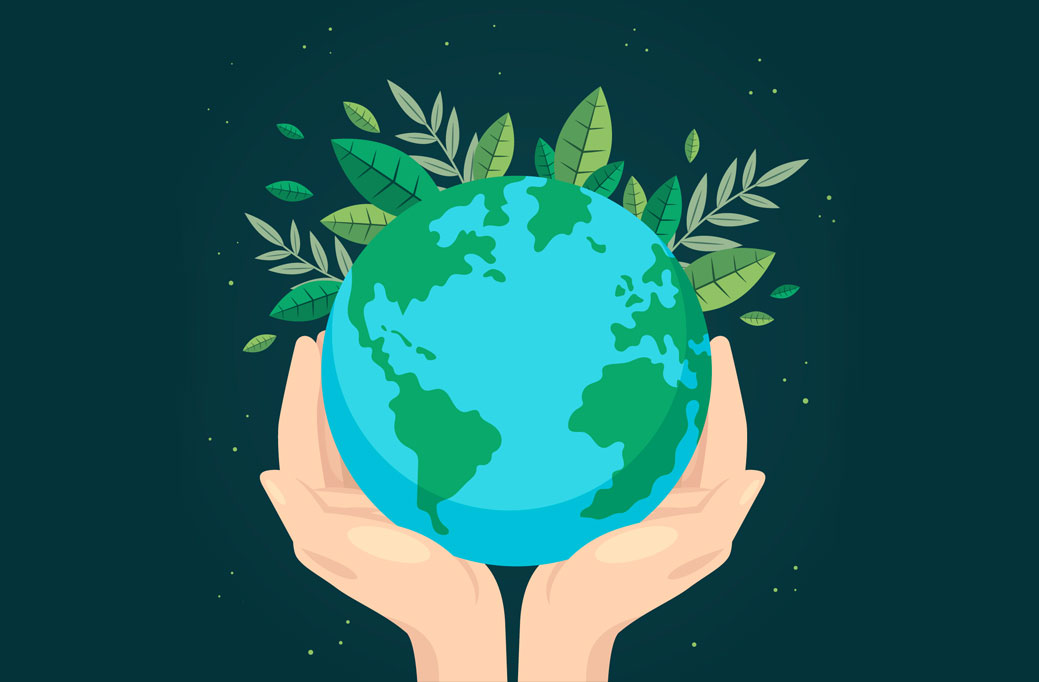Blog
Find here our articles related to CircularPlace’s activities, the circular economy and the ecological transition.


In recent years, purchasing power and environmental concerns have played a major role in the transformation of the global economy and have had a significant impact on the way consumers perceive their consumption, driving the rise of the circular economy.
Concerns about purchasing power may lead consumers to look for ways to reduce their spending while maintaining their quality of life, while environmental concerns may lead them to consider the impact of their consumption choices on the planet.
The circular economy addresses two current issues among consumers: their purchasing power as well as their environmental impact.
🔗 Study by the Cetelem Consumer Observatory
According to the Observatoire Cetelem de la consommation, by reselling the clothes that sleep in our closets, consumers consider that they earn about 77 euros per month through this new practice. Thus, circular economy is qualified as virtuous both economically and environmentally.
Here are some of the countries that make the most money by reselling This illustrates the financial contribution of second hand in Europe among consumers:
- United Kingdom: 115 euros on average;
- Germany: 105 euros on average;
- France: 67 euros on average;
- Hungary, Slovenia and Czechoslovakia: below 40 euros
The circular economy as an economic model
The circular economy is an economic model that addresses these concerns by providing a system in which resources are used more efficiently and sustainably, reducing costs for businesses and consumers while minimizing environmental impacts. Growing economic inequality and rising living costs have created a sense of financial insecurity for many consumers. In this context, circular economy offers an effective solution to reduce household spending, while allowing companies to reduce their production costs.
It is based on the reuse, repair and recycling of existing materials and products rather than on the extraction of new raw materials. By choosing to buy used products, repair broken items rather than replace them, or rent rather than buy, consumers can save money while helping to reduce waste and pollution.
In addition, it can help reduce costs for businesses. By reusing existing materials and products, companies can save on production costs, such as raw material extraction and transportation costs. In addition, implementing product rental models rather than sales models can generate recurring revenue for companies.
Environmental concerns
Environmental concerns are also a key factor in the growth of the circular economy. Population growth and mass consumption have put considerable pressure on the planet’s natural resources, resulting in increased pollution and waste. The circular economy reduces this pressure by reducing the amount of waste produced and minimizing the extraction of new raw materials
The circular economy also promotes the creation of a more sustainable economy by encouraging the reduction of consumption of single-use products. By choosing reusable or recyclable products, consumers and businesses can help preserve the planet’s natural resources for future generations.
In conclusion, purchasing power and environmental concerns have played a major role in the rise of the circular economy. By offering a sustainable alternative to the traditional linear economy, the circular economy reduces costs for households and businesses while contributing to the reduction of pollution and waste. By adopting more sustainable economic models, we can create a more equitable and environmentally friendly economy for all.
By combining circular economy and inventory management, CircularPlace is the solution to sell unsold goods between professionals. We offer you two solutions:
- Our Marketplace : Simplify the management of your non-food waste through our B2B marketplace that allows you to resell it, donate it to associations or recycle it. Our platform is simple, fast and secure!
- Our White Label solution Our white label solution: we offer you an exchange place for your collaborators, adapted to your use case and to your activity sector. Your employees can lend or exchange available goods to each other to avoid unnecessary purchases and waste.
Don’t throw away any more, opt for the second hand!
Read also
Questions about CircularPlace?
Want to follow us?
Subscribe to our newsletter!


